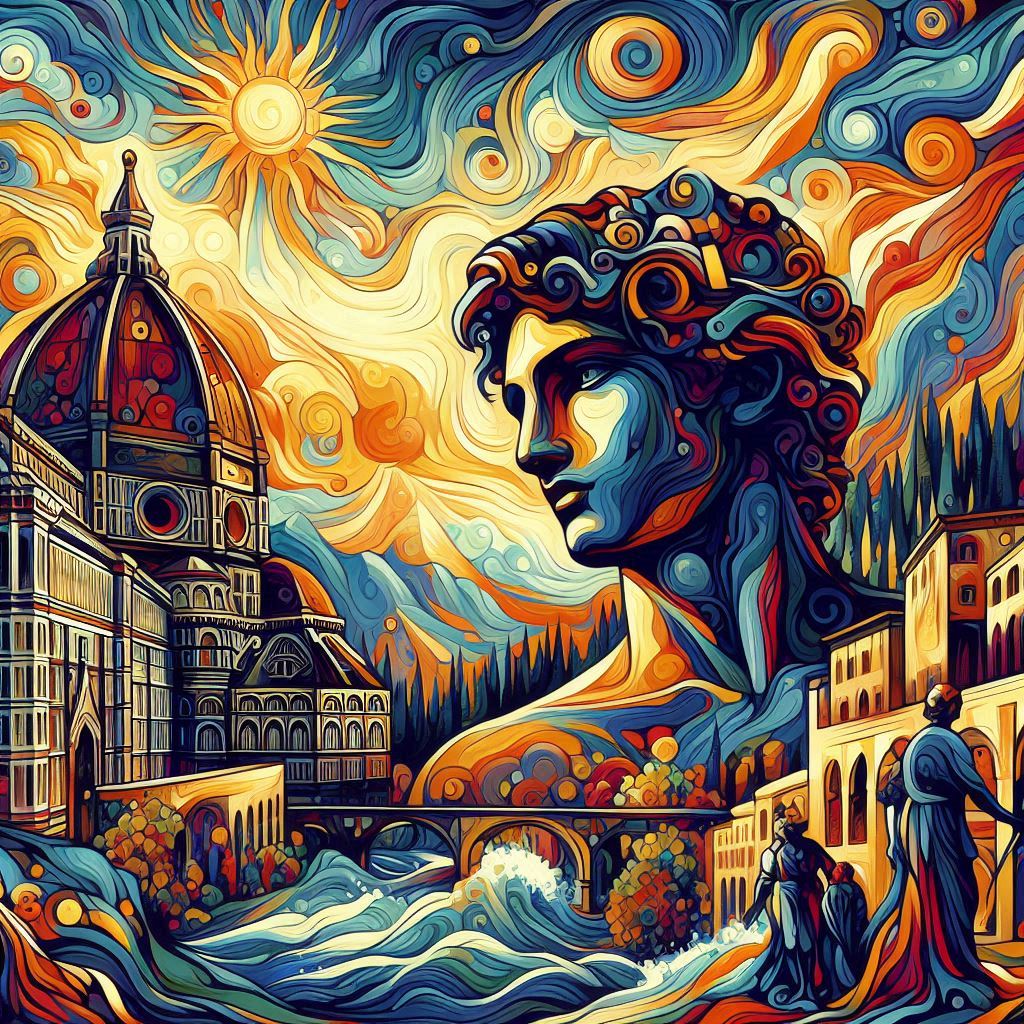How Many Cups of Coffee a Day Are Actually Good for You?
A Look At How Much Coffee Is A Healthy Amount And What Are The Health Benefits How Many Cups of…
This is a demo store for testing purposes — no orders shall be fulfilled. Dismiss
Skip to content
Few beverages possess the cultural and historical significance of coffee—a drink that has fuelled revolutions, inspired artists, and bridged continents. The origins of coffee unfold like an epic, tracing back centuries and spanning countries, cultures, and civilisations. From its mythical discovery to its ascension as a global staple, the history of coffee is deeply intertwined with human ingenuity, trade, and the pursuit of connection.
The story of coffee’s origin and where it comes from often begins in the highlands of Ethiopia, where legend credits a 9th-century goat herder named Kaldi for discovering the invigorating effects of coffee beans. According to folklore, Kaldi noticed his goats behaving unusually, leaping energetically after consuming bright red cherries from a mysterious bush. Intrigued, Kaldi sampled the cherries himself and experienced their stimulating effects.
Kaldi’s discovery soon reached a nearby monastery, where monks experimented with the cherries, preparing a drink that helped them endure long hours of prayer. This tale, though shrouded in myth, offers a captivating glimpse into coffee’s early association with alertness and spiritual practices.
While the legend of Kaldi is enchanting, the documented history of coffee begins in Yemen during the 15th century. Sufi monks cultivated coffee, recognising its ability to aid concentration and enhance wakefulness during nocturnal meditations. The plants, thought to have been brought from Ethiopia, flourished in the mountainous terrain and fertile soil of Yemen.
The method of roasting and brewing coffee emerged in Yemen, transforming the cherries into the aromatic beverage we recognise today. Coffee, referred to as “qahwa” in Arabic, became an integral part of Sufi rituals and a cherished drink among the local population. By the late 15th century, coffee’s popularity began to spread across the Arabian Peninsula, becoming intertwined with the region’s cultural and social fabric.
Coffeehouses, known as “qahveh khaneh,” first appeared in the Ottoman Empire, particularly in Istanbul. These establishments became vibrant hubs of social interaction, intellectual exchange, and creativity, offering patrons a space to discuss politics, philosophy, and literature. As the Ottoman Empire expanded, so too did coffee’s reach, solidifying its role as both a beverage and a cultural phenomenon.
The 17th century marked coffee’s arrival in Europe, brought by Venetian merchants who traded with the Arab world. Initially met with scepticism, coffee soon gained favour among European aristocracy and intellectuals, who were captivated by its stimulating properties and exotic origins.
Venice opened its first coffeehouse in 1645, offering the Venetian elite a sophisticated setting to enjoy the beverage. The concept quickly spread to other European cities, including London, Paris, and Vienna. By the mid-17th century, coffeehouses, affectionately nicknamed “penny universities,” were thriving across the continent, serving as gathering places for scholars, artists, and revolutionaries.
London’s coffeehouses became particularly influential during the Enlightenment. They were centres of lively debate and innovation, frequented by luminaries such as Isaac Newton, Samuel Johnson, and Alexander Pope. The coffeehouses played a pivotal role in shaping modern intellectual and political discourse, laying the groundwork for ideas that would change the world.
As Europe’s appetite for coffee grew, colonial powers sought to cultivate the crop in tropical regions with suitable climates. The Dutch were among the first to establish coffee plantations, introducing coffee to Java in the early 18th century. This marked the beginning of coffee’s global cultivation, as colonial empires spread coffee plants to the Caribbean, South America, and Africa.
The French brought coffee to Martinique, the Spanish introduced it to Central America, and the British planted coffee in Jamaica. Brazil, with its fertile lands and temperate climate, soon became a major producer, revolutionising coffee cultivation through industrial practices. By the 19th century, coffee plantations were firmly established across the tropics, reshaping economies and societies worldwide.
Today, coffee has become a global phenomenon, transcending borders and cultures. Its journey from the Ethiopian highlands to coffee shops in bustling cities reflects humanity’s enduring relationship with this cherished drink. Coffee fuels productivity, fosters community, and serves as an expression of creativity, from the artistry of latte designs to the innovative brewing methods of baristas.
Specialty coffee movements celebrate the diversity of coffee, focusing on single origin coffee beans, sustainable farming, and direct trade. Farmers, roasters, and consumers are more connected than ever, emphasising ethical practices and the importance of preserving coffee’s heritage.
Coffee’s story is one of discovery, innovation, and resilience—a testament to the ability of a humble bean to unite people across cultures and generations. From the mythical tale of Kaldi to the bustling coffeehouses of Europe and the sprawling plantations of the Americas, coffee has inspired revolutions of thought, art, and industry.
So, as you savour your next cup of coffee, reflect on the centuries of history woven into each sip. It is more than a drink; it is a legacy of connection, creativity, and shared humanity.
A Look At How Much Coffee Is A Healthy Amount And What Are The Health Benefits How Many Cups of…
How To Make The Perfect Espresso: A Comprehensive Guide for Home Baristas How To Make The Perfect Espresso Espresso is…
Tracing the Roots of Coffee: Where Does Coffee Come From? – Let’s Take A Journey through Time Where Does Coffee…

Signup for special offers & discounts
You have successfully joined our subscriber list.
coffee beans | ground coffee | coffee pods | coffee subscription | coffee gifts
signup and receive discounts!
Coffee Beans - Table of Contents
ToggleCoffee Beans - Table of Contents
×